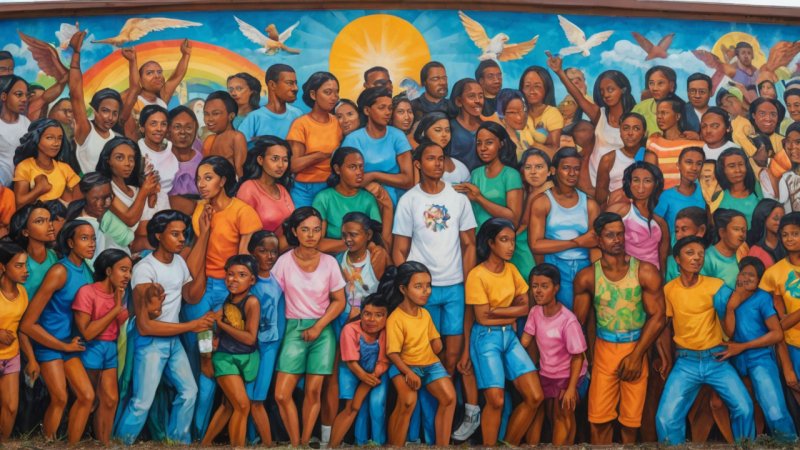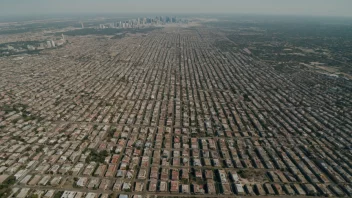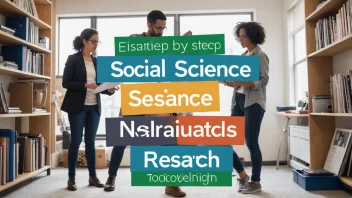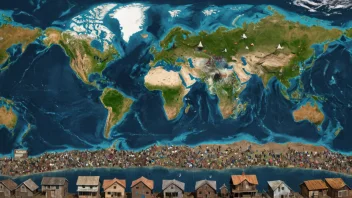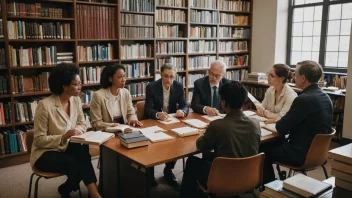Throughout history, art has played a significant role in expressing dissent and challenging the status quo. From the murals of Diego Rivera to the street art of Banksy, artists have utilized their craft as a means of resistance against oppression, injustice, and social issues. This article explores how art serves as a powerful tool for social change and a voice for the marginalized.
Artistic expression has the unique ability to transcend language and cultural barriers. It can evoke emotions and inspire action in ways that traditional forms of communication often cannot. Artists have the power to capture the essence of societal struggles and present them in a manner that resonates with a broad audience. The visual impact of art can spark conversations, raise awareness, and mobilize communities.
One of the most compelling examples of art serving as resistance is the use of graffiti and street art in urban environments. These forms of expression often emerge in response to political unrest, social inequality, or cultural suppression. For instance, during the Arab Spring, street art became a vital means of communication, allowing citizens to voice their frustrations and aspirations. Artists like Banksy have brought global attention to issues such as war, poverty, and environmental degradation through their provocative works.
Moreover, art can serve as a historical record, preserving the narratives of those who have been silenced. The works of artists from marginalized communities often highlight their struggles and triumphs, providing insight into their experiences. This documentation is crucial for future generations, as it allows for a deeper understanding of societal issues and the ongoing fight for justice.
In addition to visual arts, literature has also been a powerful medium for resistance. Writers like James Baldwin and Toni Morrison have used their words to challenge racial injustice and advocate for equality. Their works not only reflect the struggles of their communities but also inspire readers to take action and reflect on their own roles in societal change.
Music, too, has a long history of serving as a form of resistance. From the protest songs of the 1960s to contemporary hip-hop anthems, music has united people in their fight against oppression. Artists like Bob Dylan and Kendrick Lamar have used their platforms to address social issues, encouraging listeners to reflect on the world around them and consider their impact.
In conclusion, art is not merely a form of aesthetic expression; it is a powerful vehicle for resistance and social change. By capturing the struggles of individuals and communities, art has the potential to inspire action and foster empathy. As society continues to face challenges, the role of art in advocating for justice and equality remains more important than ever. Embracing and supporting artistic expression can help amplify the voices of those who seek to challenge oppression and create a more equitable world.
